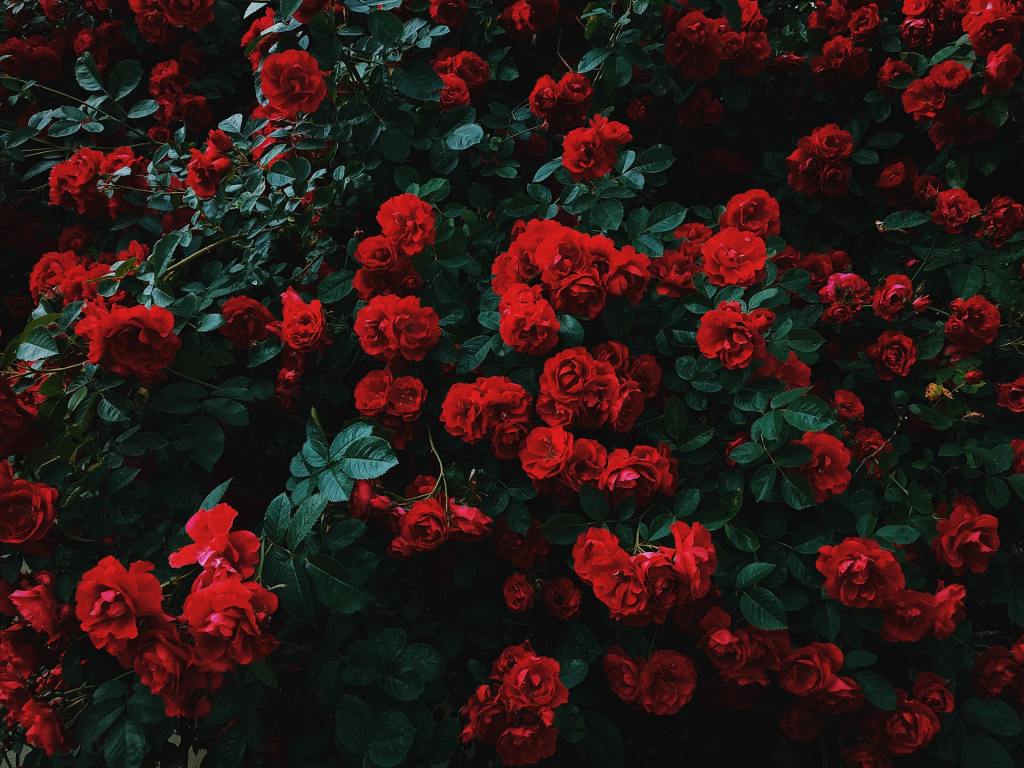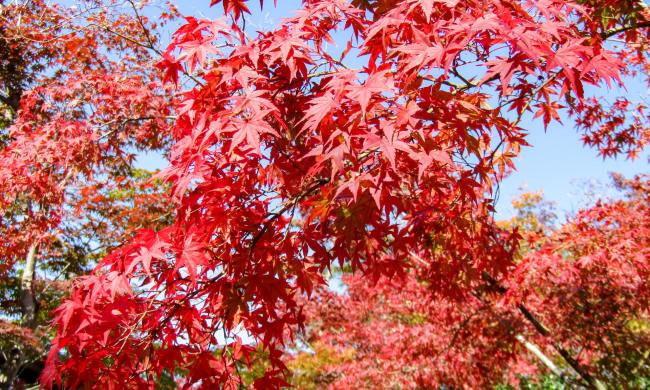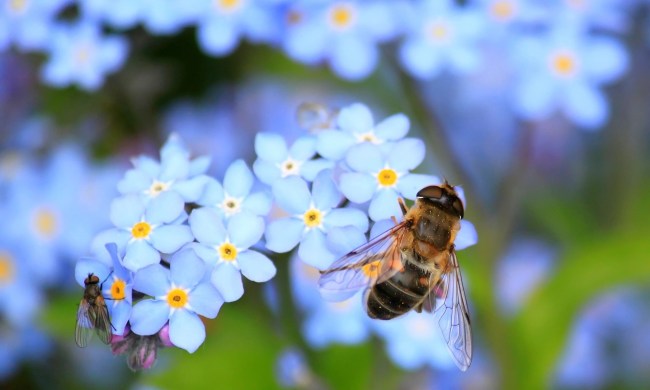Roses are red, violets are blue, and whoever came up with that rhyme must not know much about roses! Even within the climbing variety, roses come in a wide range of shapes, sizes, colors, and growing patterns. As such, climbing roses are the perfect choice for that blank wall or fence near your garden that needs that extra little something to stand out. Even better: although roses can sometimes be intimidating, climbing roses are typically easier to care for, and they add a vertical layer to garden and landscape design. Here are five of our favorite varieties of climbing roses that will leave your neighbors (and your social media followers) in awe.
How to encourage climbing roses to, well, climb
Once you’ve planted your new climbing rose plant, there will be a one- to two-year period where the plant will need nothing from you except space and patience. Due to the shock of transplanting, roses need time to acclimate to their new home, and any training or pruning could severely damage or even kill the plant. During this transition period, the plant will put on some bulk, and it’s this new growth that you will use to begin training the plant to climb.
Be sure you’ve chosen a climbing structure strong enough to handle the weight the roses will eventually add to it. Plastic typically isn’t strong enough, but a wire fence or PVC structure might work just fine.
Every new cane or runner that’s grown from the plant will either need to be pruned off or trained to fit within the design you’ve chosen. Canes are the long new growth that the plant will push out every year, and if these are left untouched for too long, they can become unruly and difficult to manage. Tie the canes you’ve decided to keep to the fence or trellis you’ve chosen; prune off the ones that are dead or unable to be trained to climb where you want them. To keep the plant under control, you’ll need to repeat this process each year when the plant grows new canes.
And if you’re wondering what to do with the trimmed canes, we’ve got you covered there, too!

Our favorite climbing roses
There are far too many climbing rose varieties to cover here, but these are the easiest to care for and the best options for beginner rose growers. Try these in front of a wall, fence, or trellis to add a stunning layer of vertical growth to your garden or landscape.
Lady of Shalott
This eye-catching climbing rose is reliable and easy to maintain. It grows well even in poor soil and is suitable for zones 5 through 10. The blooms can have up to 60 petals, giving them a very full and luscious look. Unlike traditionally pink or red roses, these blooms are a soft, peachy-yellow color.
When supported correctly and pruned yearly, Lady of Shalott plants can grow up to 8 feet tall, creating a fantastic mosaic of green and orange for any wall, fence, or trellis. To encourage more blooms during spring and summer, deadhead dying blooms. However, to allow the plant to go dormant for the winter, stop deadheading in the fall and let the roses form hips.
Cecile Brunner
Hardy for zones 4 through 9, Cecile Brunner roses are also known as the “sweetheart rose” because of their popularity with Victorian gentlemen. They bloom only once a year, in either late spring or early summer. Their blooms are a dusty pink and have a pleasant scent reminiscent of spicy and sweet tea.
This plant prefers full sun exposure, but it can tolerate some shade. It only needs to be fed once a year, during the spring. This rose is easy to train and can grow up to 20 feet high and 6 feet wide.
Don Juan
This classically red rose is a breeze to care for and can climb up to 12 feet tall and 5 feet wide. Its blood-red blooms have a backdrop of glossy green leaves, giving them a striking look on almost any vertical growing space. The flowers have a potent aroma and fill the space around them with a delicious floral scent. They are tolerant of humidity as well as dry and cool conditions, making them versatile and suitable to many different climates. Don Juans grow well in zones 6 to 9.
Eden
Eden roses have been voted the “world’s best rose” by the World Federation of Rose Societies. They have blooms with huge, full, and round petals of soft pink mixed with a lovely cream. Their scent is subtle but still nice and floral. Blooming multiple times a year and happy to grow in almost any condition, these roses are ideal for beginners. They grow up to 12 feet tall, and their pink flowers pop against their glossy, deep green leaves.
Quicksilver Arborose
These roses are disease resistant and are hardy for zones 5 to 9. Their voluminous blooms are a beautiful light purple color and have a delicate aroma that won’t overpower garden visitors. They rebloom throughout the year and grow in a compact way that is perfect for smaller spaces. At its largest, the Quicksilver Arborose grows 7 feet tall and 4 feet wide. The dark and leathery leaves are hardy and give the lavender flowers a lovely contrast.
It doesn’t matter if you’re a rose newbie or a seasoned rose grower; these easy-to-care-for climbing roses make a wonderful addition to almost any garden. Using the care and training tips discussed above, you’ll be admiring the view of your rose-covered wall, fence, or trellis in no time—and so will everyone else around you!



